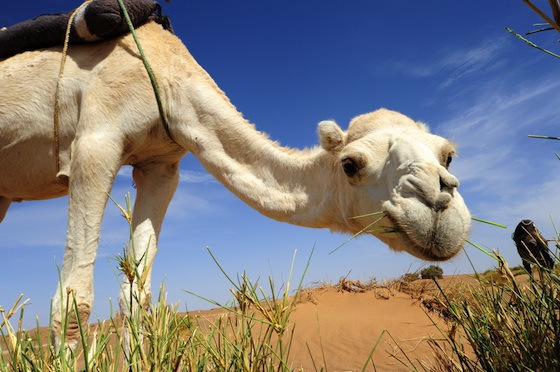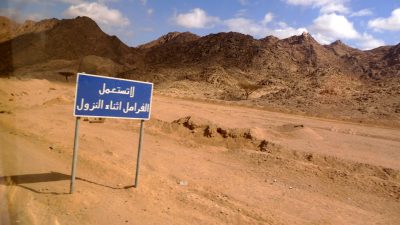 This is the fourth time that the Biomimicry 3.8 institute is staging their international design competition and this year they are inviting students to submit water management solutions that take inspiration from nature. Biomimicry is not a well known design strategy in the Middle East, though it is possible to learn what camels and scorpions teach us, for example, through special tours offered by Dayma in Egypt.
This is the fourth time that the Biomimicry 3.8 institute is staging their international design competition and this year they are inviting students to submit water management solutions that take inspiration from nature. Biomimicry is not a well known design strategy in the Middle East, though it is possible to learn what camels and scorpions teach us, for example, through special tours offered by Dayma in Egypt.
But the great thing about this competition is that learning is an essential aspect of the entire process. Hit the jump to find out what it takes to win $5,000 while providing meaningful ideas to address the very serious problem of worldwide water shortages.
The Biomimicry Student Design competition is the only one of its kind in the world and this year they are really hoping to see more teams from the Middle East sign up.
This year’s competition is comprised of two rounds. In the initial round, university teams will address a challenge related to water access and management using biomimetic design. If these words don’t mean a lot to you, don’t fret, since video tutorials and access to professional biomimics will available to students after they register for the competition.
“The challenge you address could be related to supply, acquisition, quality, treatment, sanitation, stormwater management, drought conditions, or seasonal variation in availability,” according to the organizers.
Once this round is complete, three winners will be announced, and they will receive generous cash prizes. But then there will be an optional opportunity to take these designs to the next level, to turn concepts into reality. The winner of that round will receive $5,000.
There are two approaches to this year’s competition: teams of at least two or more students might choose to address a local issue, like efficient irrigation in delta, or how to clean up Egypt’s filthy canals.
In this case, perhaps it would be useful to understand how wetland plants filter contaminants and create a design based on those biological mechanisms.
A global issue might include learning how to capture water from the air using processes employed by insects or trees, for instance.
But the important thing is for students to learn how to adjust their inner telescope to zoom in on the tricks that already exist in nature to fix the mistakes we have made by alienating ourselves from the same.
This is a wonderful opportunity, not least for its access to groundbreaking learning materials, and it would be super to see kids from the Middle East getting involved.
Image credit: Camel drinking water in the desert, Shutterstock



